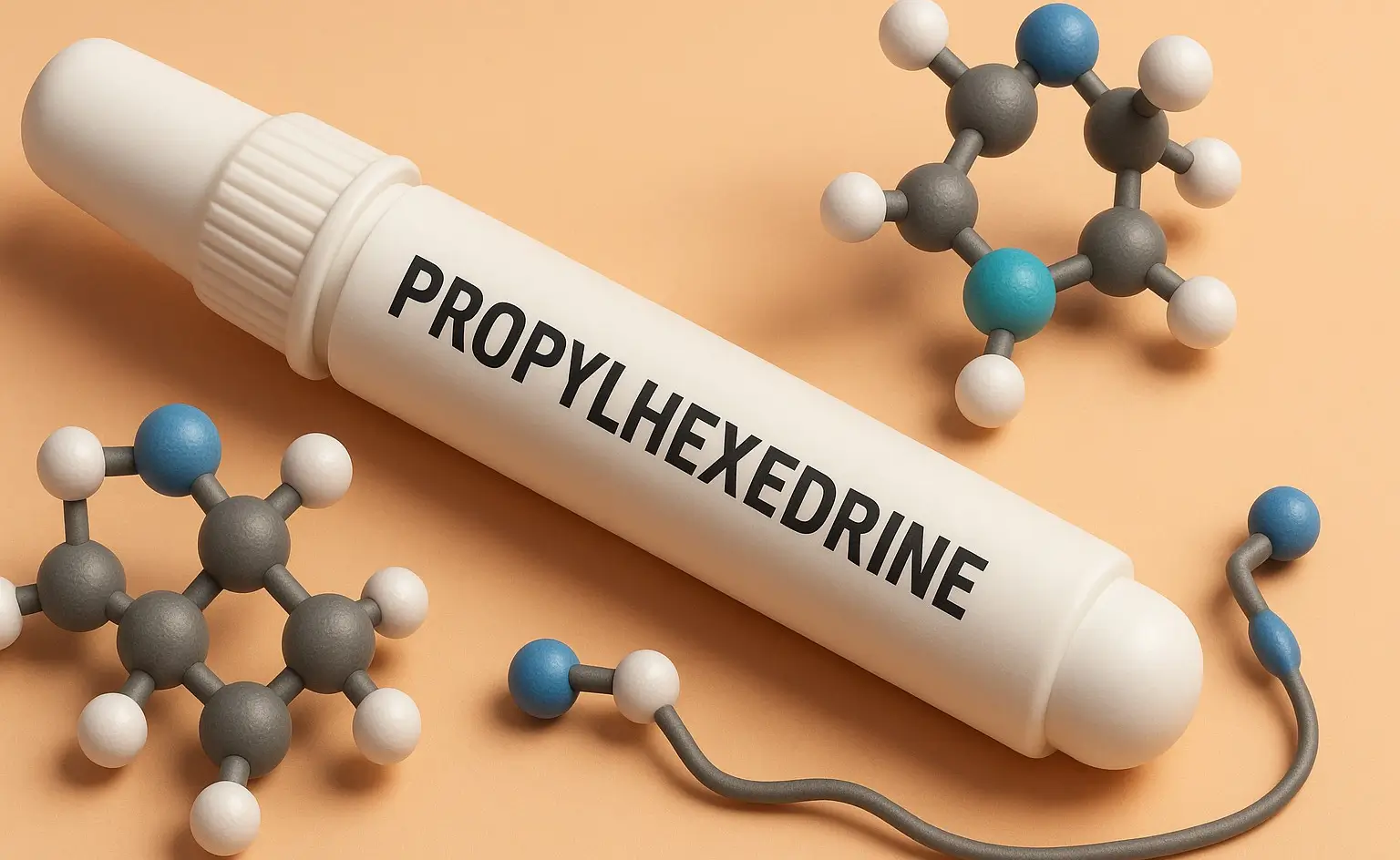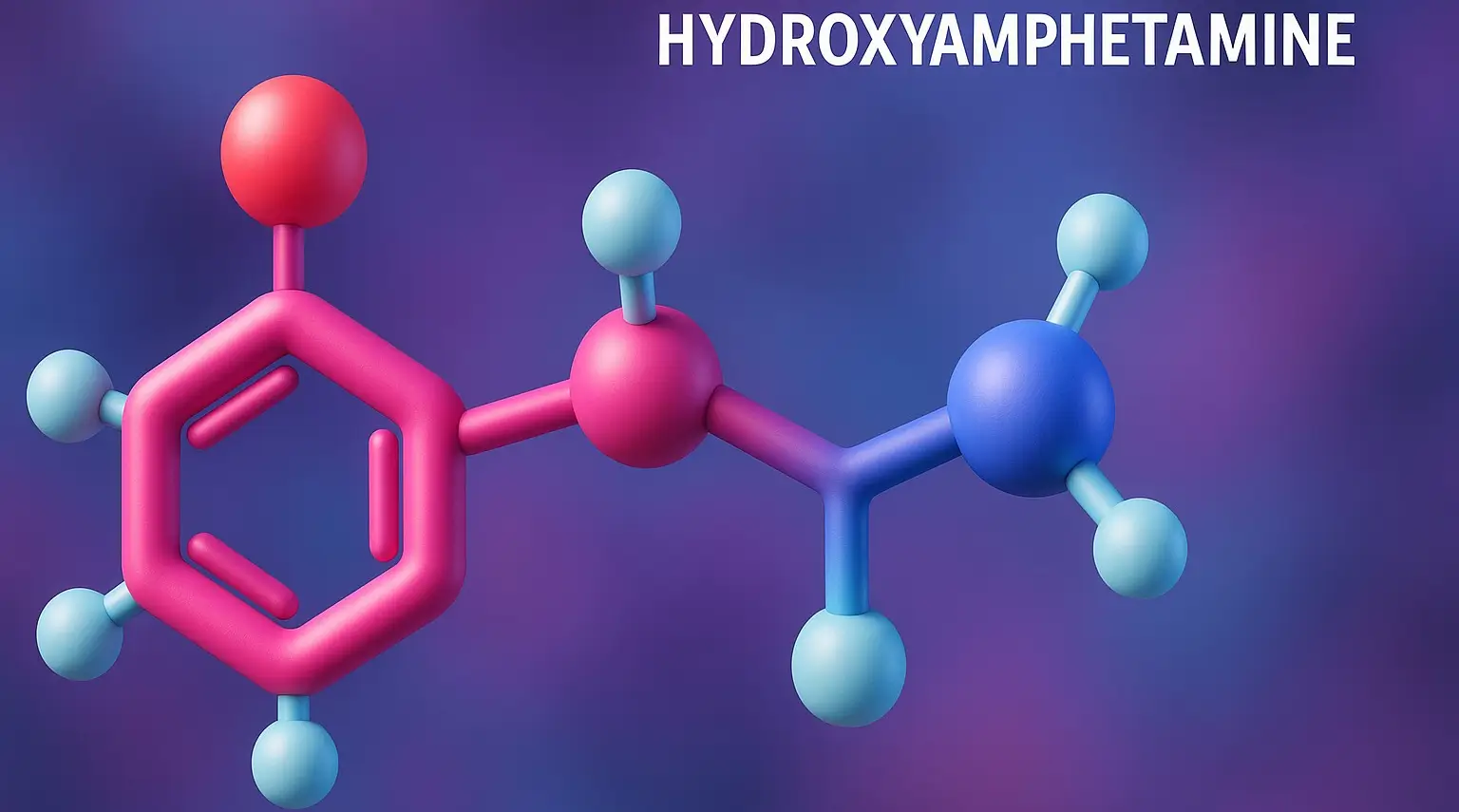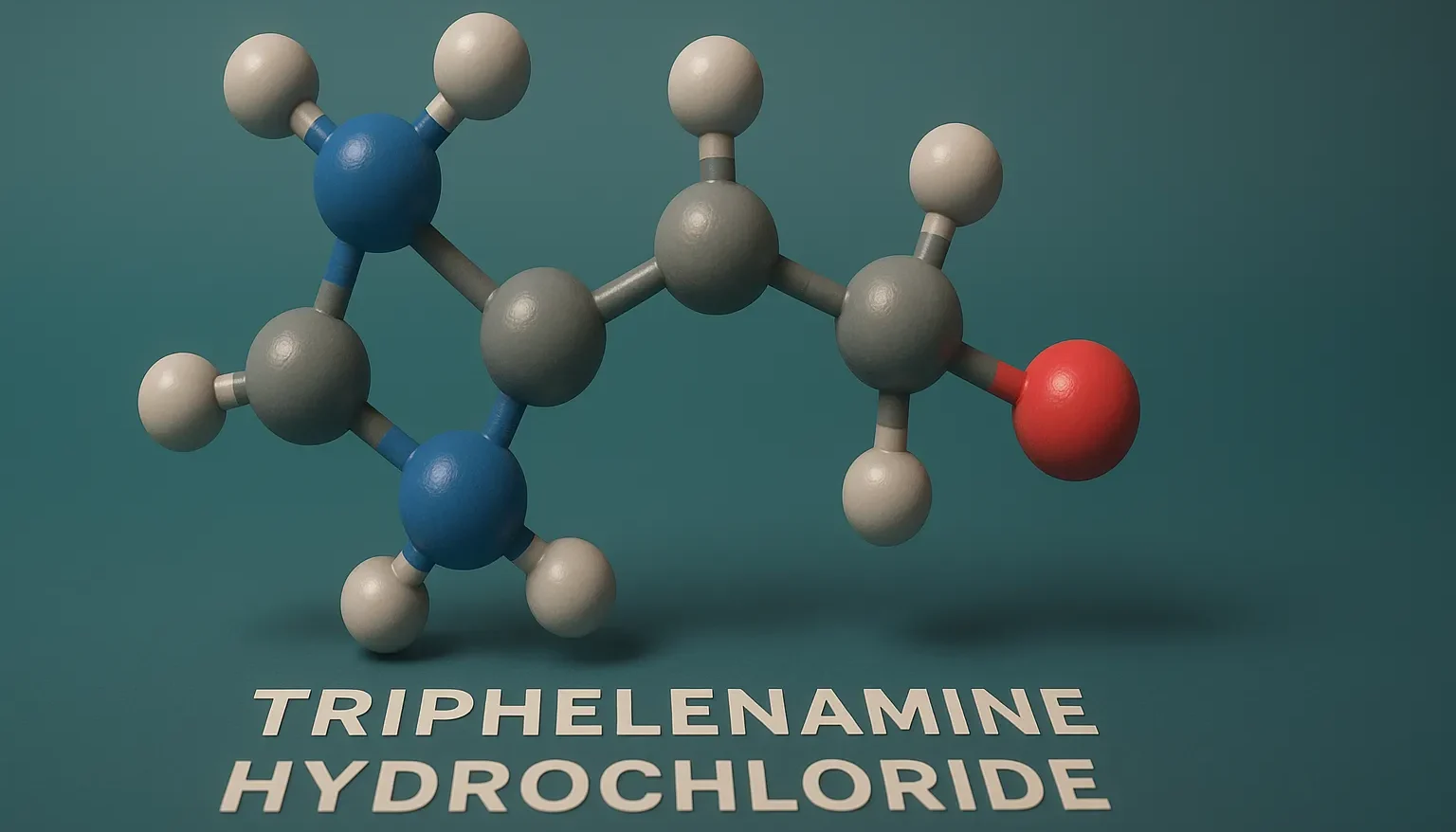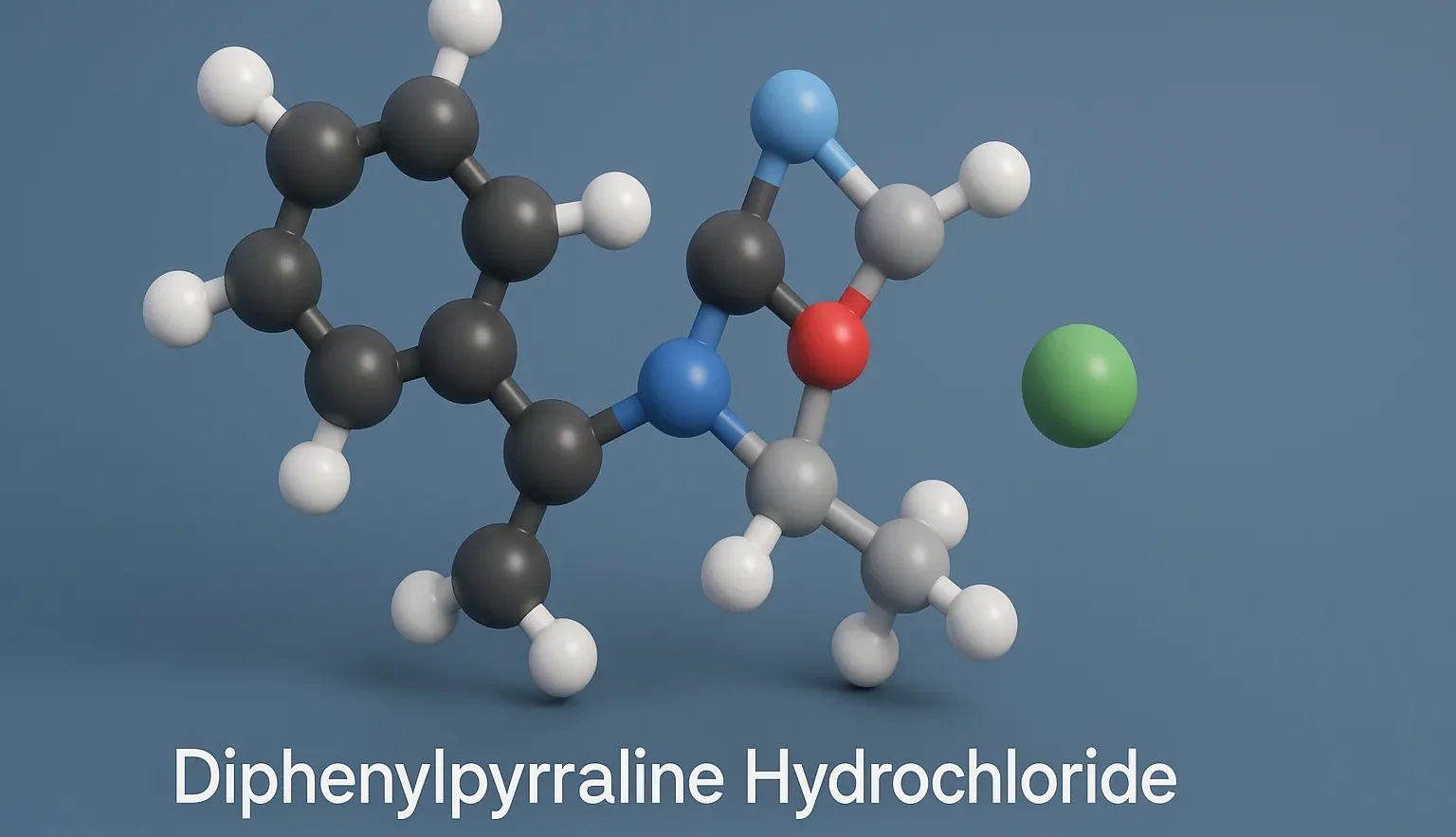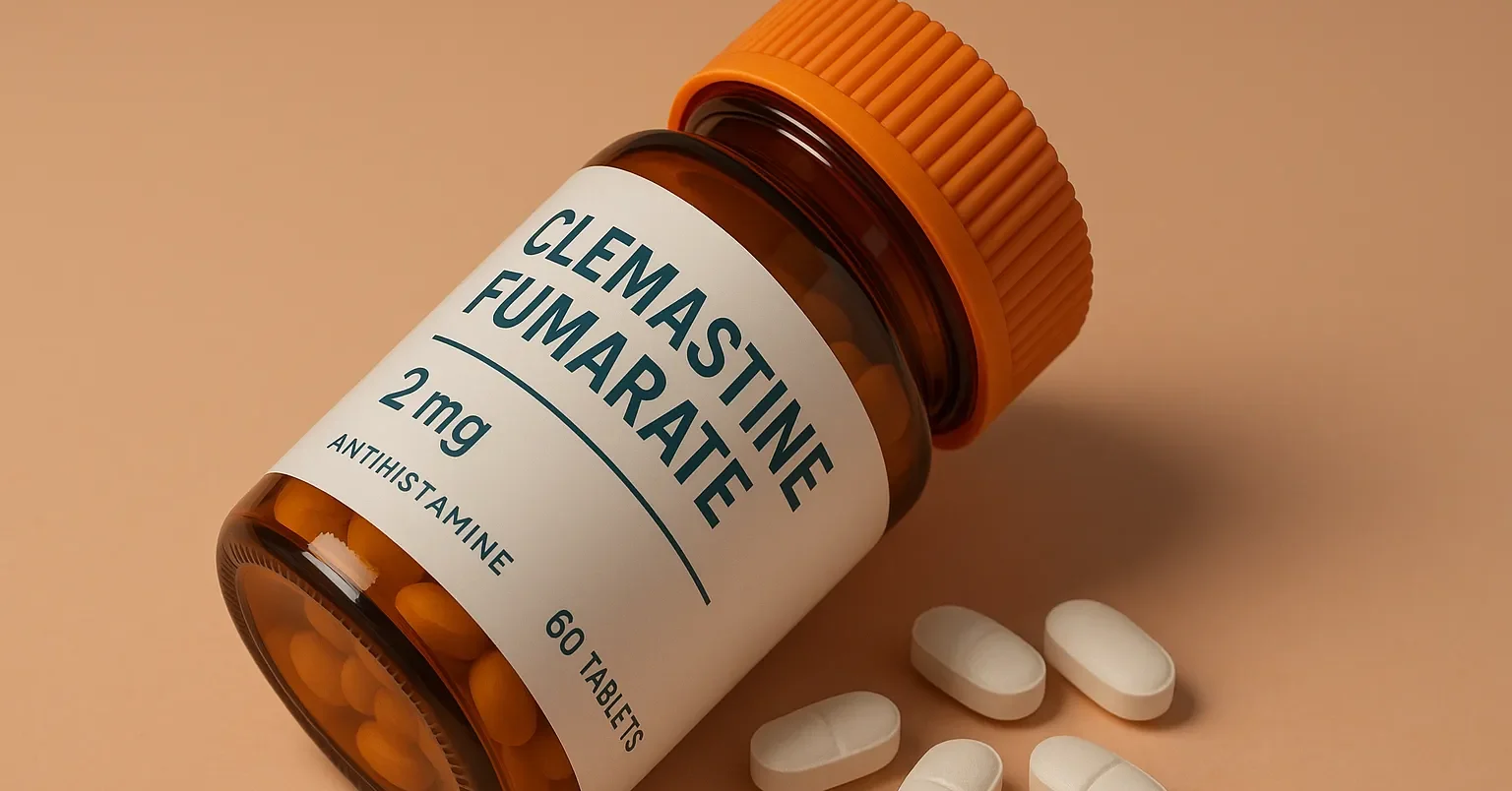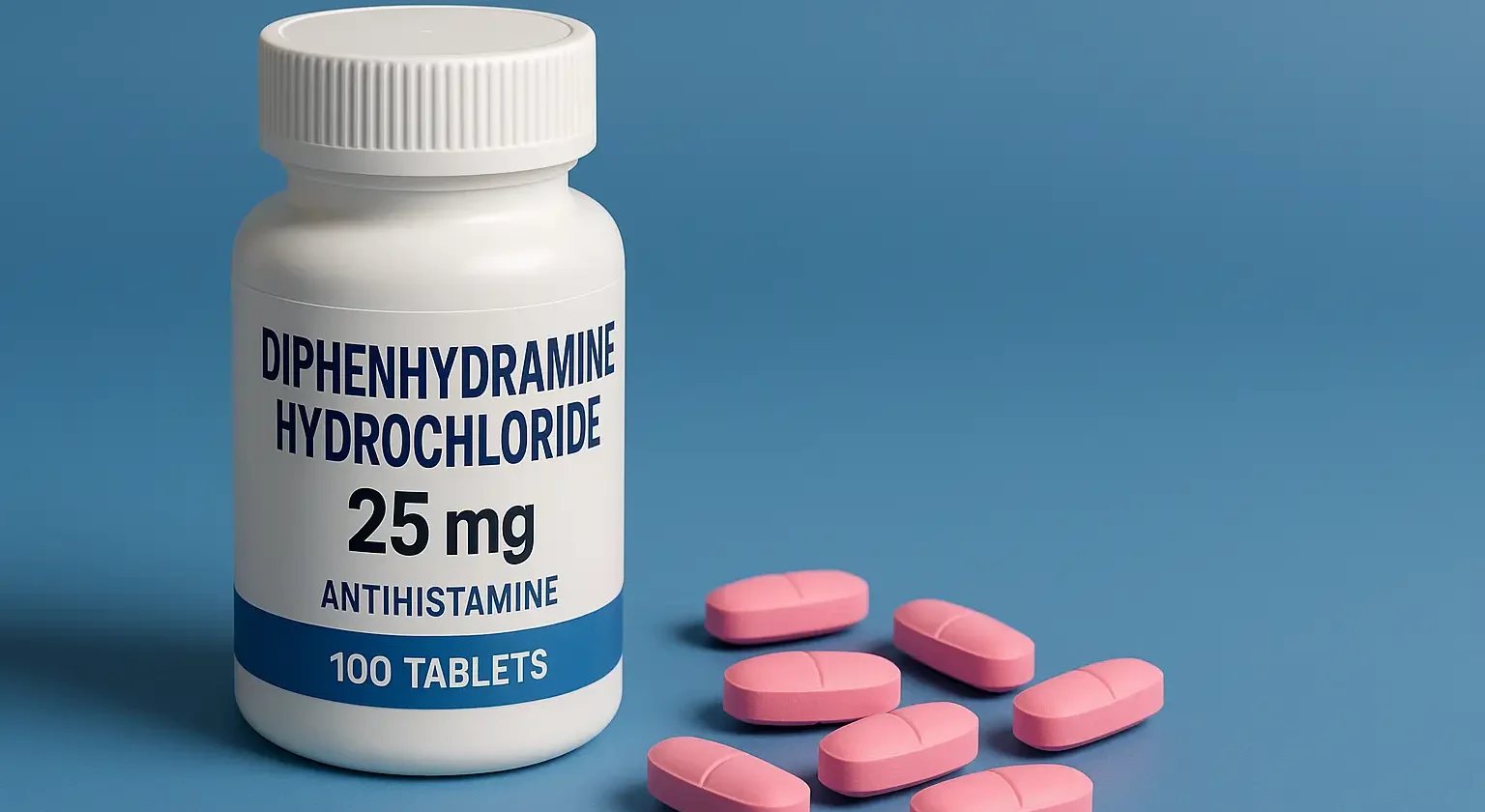Propylhexedrine
Propylhexedrine is a synthetic stimulant drug primarily used as a nasal decongestant. It is structurally related to amphetamines and works by constricting blood vessels in the nasal passages, which reduces swelling and congestion. Chemical Structure & Formula Chemical Formula: C₁₀H₁₅N Structure: Mechanism of Action (Detailed) Increases norepinephrine release from presynaptic nerve terminals. Mild dopamine release … Read more

